5 Ways to Stop Hydrostatic Pressure Around Your Basement
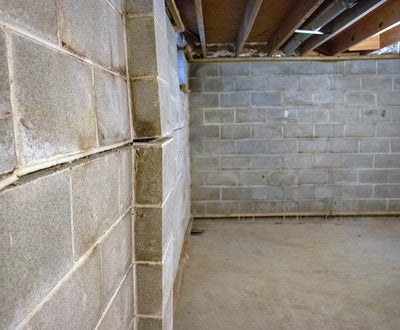
External forces beyond your control can pose serious threats to your home’s safety and integrity. One such force is hydrostatic pressure, a phenomenon many homeowners may have heard of but don’t fully understand, particularly its impact on their basements.
Hydrostatic pressure is a prevalent cause of basement water and structural damage, and if left unaddressed, it can lead to significant problems. This pressure drives groundwater through cracks and openings, rapidly finding pathways into the basement space.
This article explains the causes of hydrostatic pressure and provides strategies to protect your basement from its effects.
Hydrostatic Pressure 101: What Is It & What Causes It?
Hydrostatic pressure is the force exerted by stationary water, including the groundwater surrounding your home’s foundation. This pressure—acting both outward and downward—constantly presses your basement walls, potentially leading to significant water damage and structural compromise.
Hydrostatic pressure often develops following heavy rainfall or snowmelt. This issue is particularly prevalent in areas with high water tables, where elevated groundwater levels exert added pressure on basement walls.
Additionally, the specific soil type surrounding your home plays a crucial role in the extent of hydrostatic pressure. Expansive clay soils tend to retain more moisture compared to other soil types, increasing the pressure they exert on your basement walls.
5 Hydrostatic Pressure Repair and Prevention Strategies
Ideally, measures to prevent hydrostatic pressure should be implemented during the construction phase. However, additional actions are necessary for existing structures.
While hydrostatic pressure cannot be entirely eliminated, its impact can be effectively controlled by installing appropriate interior and exterior moisture management solutions.
Here are five strategies you can employ:
1. Improve Exterior Drainage
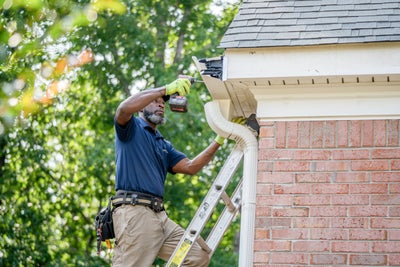
Excessive water accumulation near your foundation can lead to severe problems. Properly functioning exterior drainage systems, such as clog-free gutters and downspouts that extend at least 10 feet away from your foundation, can help avoid this issue.
2. Ensure Proper Yard Grading
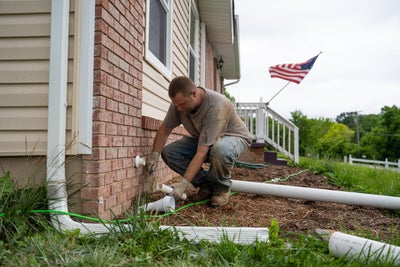
Exterior drainage systems rely on the slope of the soil surrounding your foundation. Negatively graded soil, sloping downward toward your foundation, allows water to collect near the structure, resulting in hydrostatic pressure, wall cracks, and basement leaks. Conversely, positively graded soil, sloping away from your home, effectively directs water away from the structure.
3. Seal Cracks
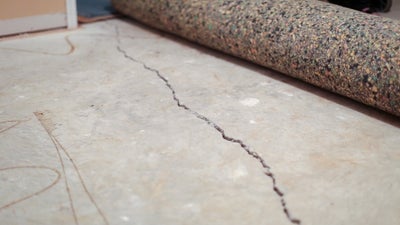
Even minor cracks can develop on basement walls and floors. Inspect these areas in your basement for cracks and consult a local foundation specialist to have them properly sealed. This repair prevents crack expansion and water infiltration, potentially requiring foundation repair.
4. Reinforce and Repair Basement Walls
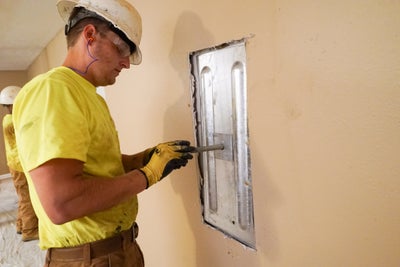
Basement walls impacted by hydrostatic pressure often require reinforcement. At Groundworks, we offer various wall repair options, including wall anchors, carbon fiber reinforcement, and steel I-beams. These techniques support your walls against external pressure, with wall anchors and I-beam systems potentially pulling bowed walls back into place and carbon fiber straps preventing further movement and cracking without occupying much space.
5. Install Professional Basement Waterproofing Solutions
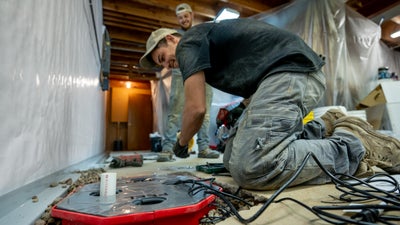
Proper water management—including interior drainage, a sump pump, wall vapor barrier, dehumidifier, and anti-freeze exterior discharge line attachment—provides comprehensive protection for your basement against hydrostatic pressure. It allows quick interception and removal of leaking water. As an added bonus, weep holes are drilled into the lower course of concrete block basement walls when installing interior drains; this alleviates the pressure and allows water to escape the walls.
How Hydrostatic Pressure Affects Your Home: 6 Common Signs
While hydrostatic pressure is an unseen force, it leads to significant issues in your foundation and basement. Common symptoms include:
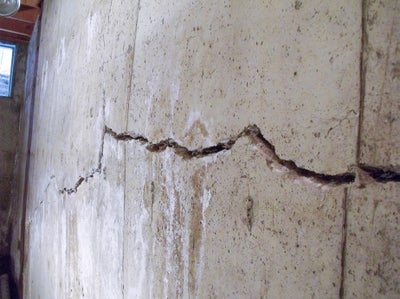
- Basement wall and floor cracks
- Bowing basement walls
- Water in your basement
- Elevated indoor humidity
- Mold growth
- Musty basement smells
In severe cases, the immense stress exerted by hydrostatic pressure can even cause basement walls to collapse.
If you notice any of these telltale signs, it’s crucial to contact the basement waterproofing specialists at Groundworks promptly before the situation escalates to dangerous levels.
FAQs
Wet basement walls can indicate underlying issues within your home’s structure. Cracks in the basement walls and foundation are the most likely culprits, but these can stem from various causes. Factors such as hydrostatic pressure, flaws in poured concrete walls, settlement, and abnormally heavy rainfall can all contribute to this type of damage.
Yes, hydrostatic pressure can fluctuate with the changing seasons. It tends to increase during wetter periods, such as the spring thaw or rainy seasons, when the ground surrounding your home becomes more saturated.
We do not recommend DIY basement waterproofing and foundation repair approaches. While tasks like sealing basement walls and cracks may seem like a quick fix, it is crucial to first identify and address the root cause of the problem. Consulting a professional is the best way to ensure proper identification, repair, and prevention of damage, rather than attempting a temporary DIY patch-up.
Trust Groundworks to Resolve Hydrostatic Pressure Issues

Don’t let hydrostatic pressure compromise your property’s safety and value. Trust Groundworks to provide reliable, long-lasting basement waterproofing and repair solutions tailored to your specific needs.
We’ve served areas throughout Northern and Southern Alberta for more than 30 years. Homeowners rely on us for our commitment to quality, outstanding customer service, and robust repair solutions. Contact us today to schedule your free inspection and take the first step towards a dry, secure basement.